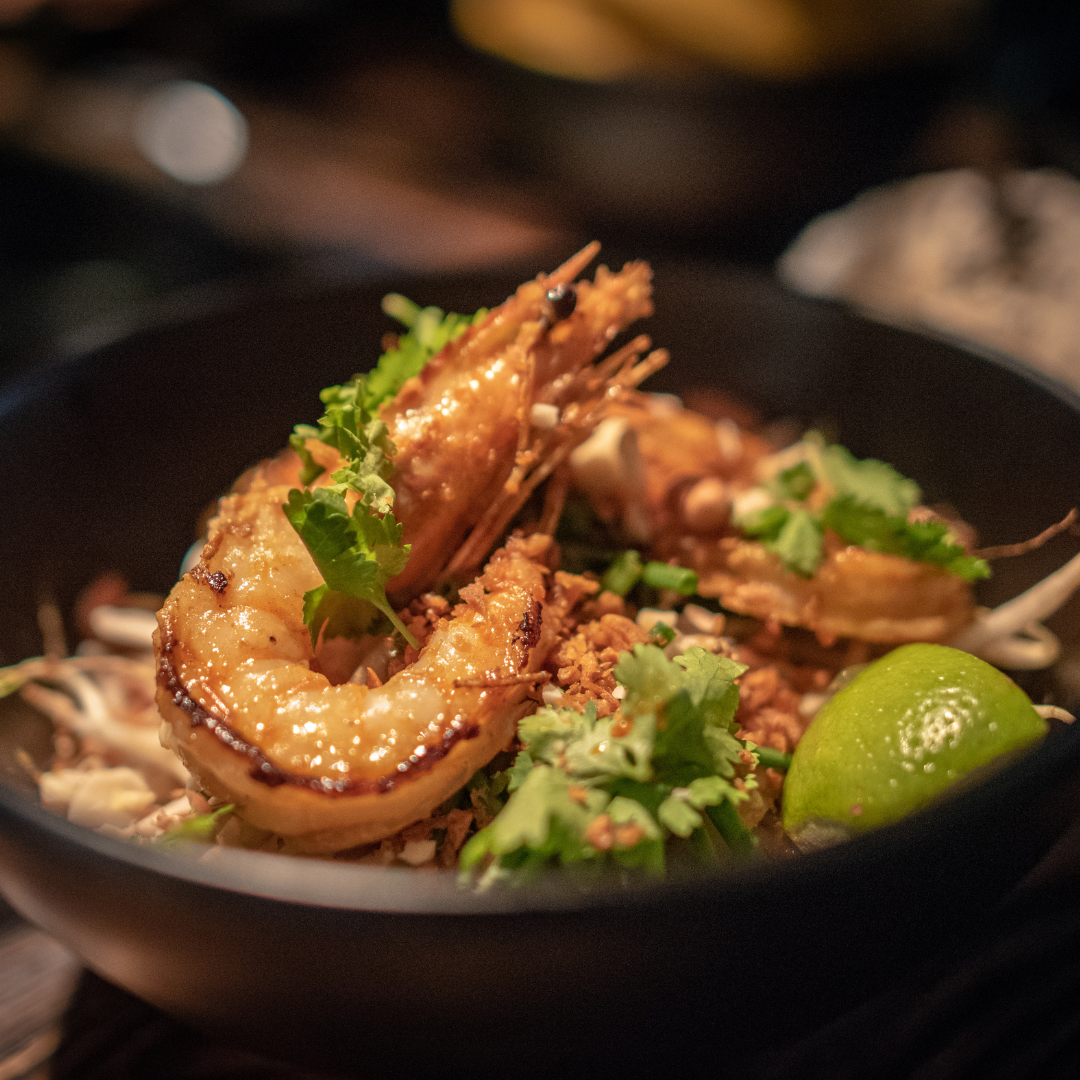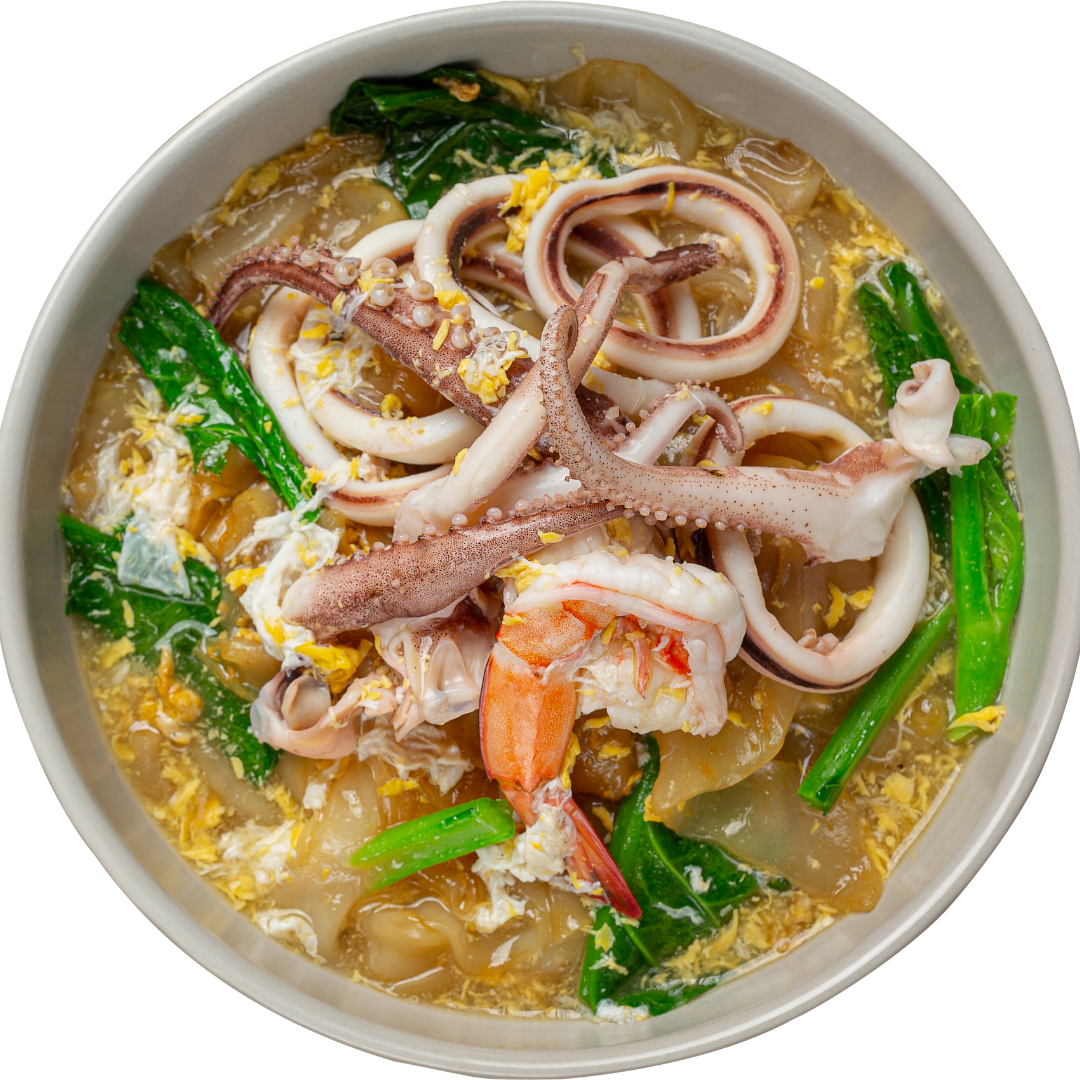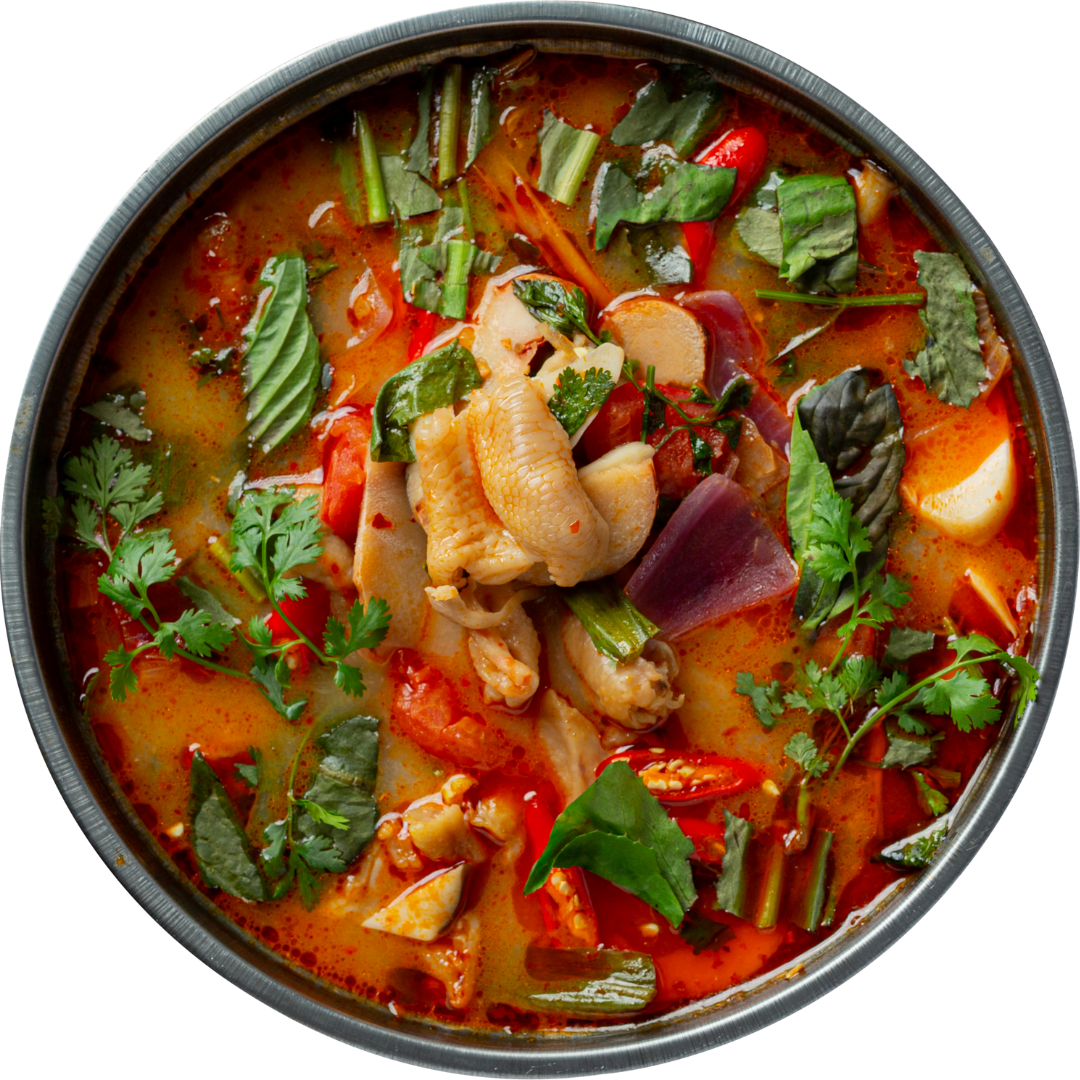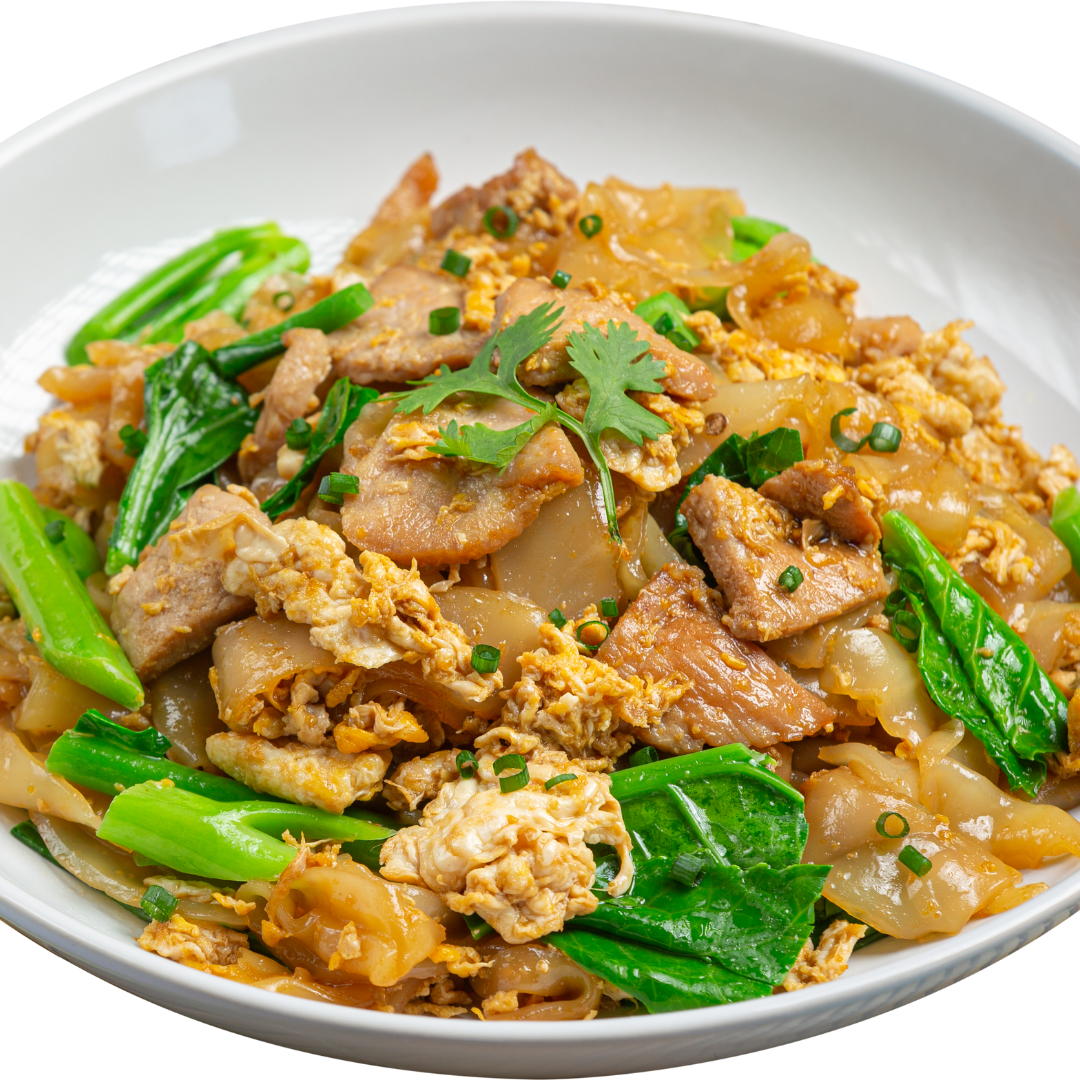BangKOK
Bangkok
EXPLORE THE INS & OUTS
Thailand’s capital city, Bangkok, is a pulsating metropolis with a rich mix of tradition, culture, and modernity. Let’s examine some of Bangkok’s salient features, including as its populace, history, tourism destinations, cuisine, culture, and religion.
Population:
According to an estimation in 2021, There were roughly 10.78 million people living in Bangkok. It is Thailand’s most populated city and the center of the economy, culture, and politics of the nation.
History:
Bangkok’s history stretches back to the 15th century, when the Ayutthaya Kingdom used it as a modest trading station. King Rama I founded the city on the eastern bank of the Chao Phraya River, and it eventually became the capital of Thailand (formerly known as Siam) in 1782. Bangkok has grown and developed quickly throughout the years, becoming a modern city while retaining its historical and cultural attractions.
- A magnificent complex of palaces and temples, including the well-known Temple of the Emerald Buddha, can be seen at the Grand Palace and Wat Phra Kaew.
- Wat Arun, also known as the Temple of Dawn, is a famous riverside temple with a distinctive prang (spire) and sweeping views of the city.
- Wat Pho: Known for its enormous Buddha statue that is reclining and for being the origin of traditional Thai massage.
- One of the biggest outdoor marketplaces in the world, Chatuchak Weekend Market offers a variety of merchandise as well as regional street cuisine.
- Floating Markets: Well-known markets include Damnoen Saduak and Amphawa where sellers sell their wares from boats cruising beside canals.
- Yaowarat’s Chinatown is a lively district with numerous stores, markets, and restaurants.
- An American silk tycoon once owned the Jim Thompson House, a museum featuring traditional Thai architecture and artwork.
- Lumpini Park is a lush haven in the middle of the city that offers a tranquil getaway for leisurely outdoor pursuits.













Food
With its wide variety of cuisines and flavors, Bangkok is a culinary wonderland. Pad Thai (stir-fried noodles), green curry, tom yum goong (spicy shrimp soup), mango sticky rice, som tam (spicy papaya salad), and various street foods including grilled satay skewers, crispy fried insects, and fragrant Thai-style soups are just a few of the must-try Thai delicacies.
Culture
Thai culture has a strong Buddhist foundation and is strongly influenced by the Indian, Chinese, and Khmer civilizations. Important cultural values include deference to elders, hospitality, and the idea of “sanuk” (having fun). The cultural fabric also includes traditional Thai arts including muay Thai (Thai boxing), classical dance, and music.
Religion:
Buddhism is the most common religion in Bangkok and all of Thailand. Numerous Buddhist temples (wats) can be found all across the city where locals and guests can pay homage, meditate, and take part in religious rituals. In addition to Buddhism, the city has sizable populations of Muslims, Christians, and Hindus.
